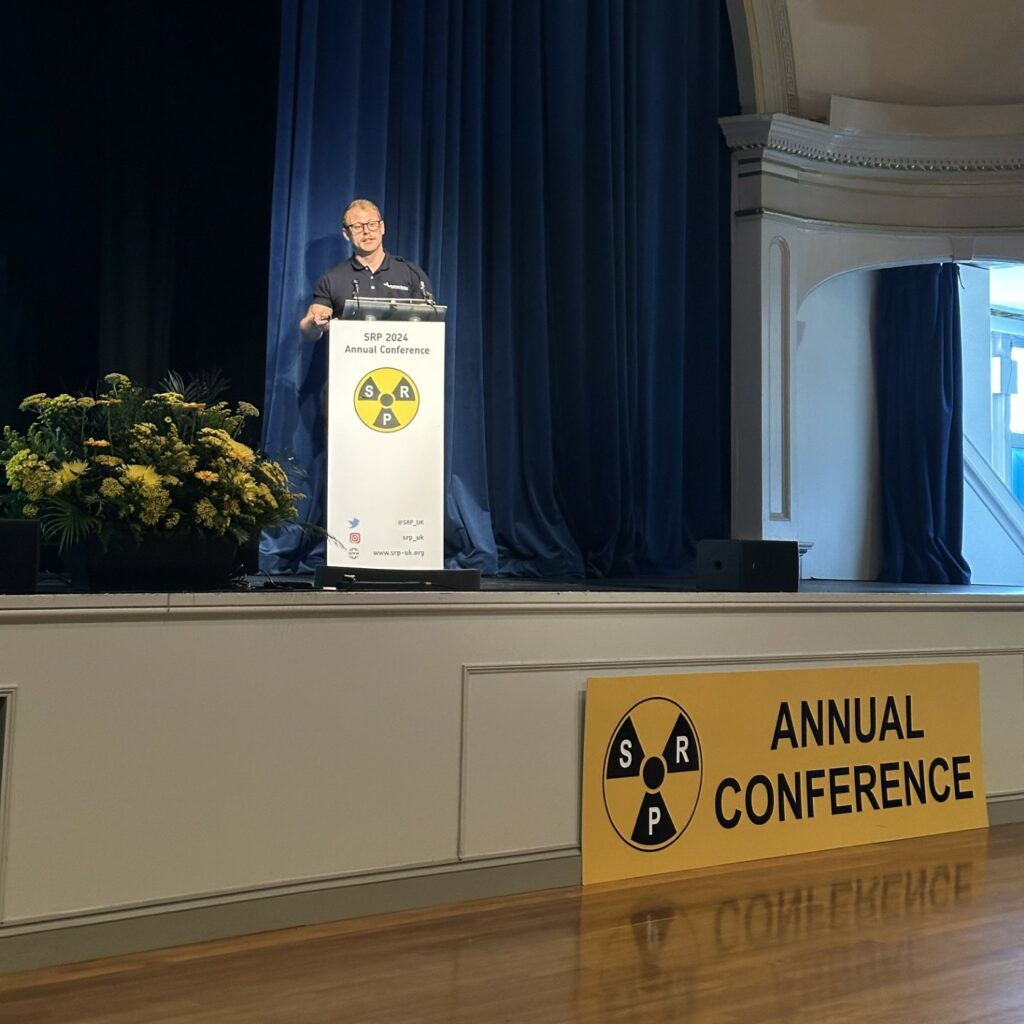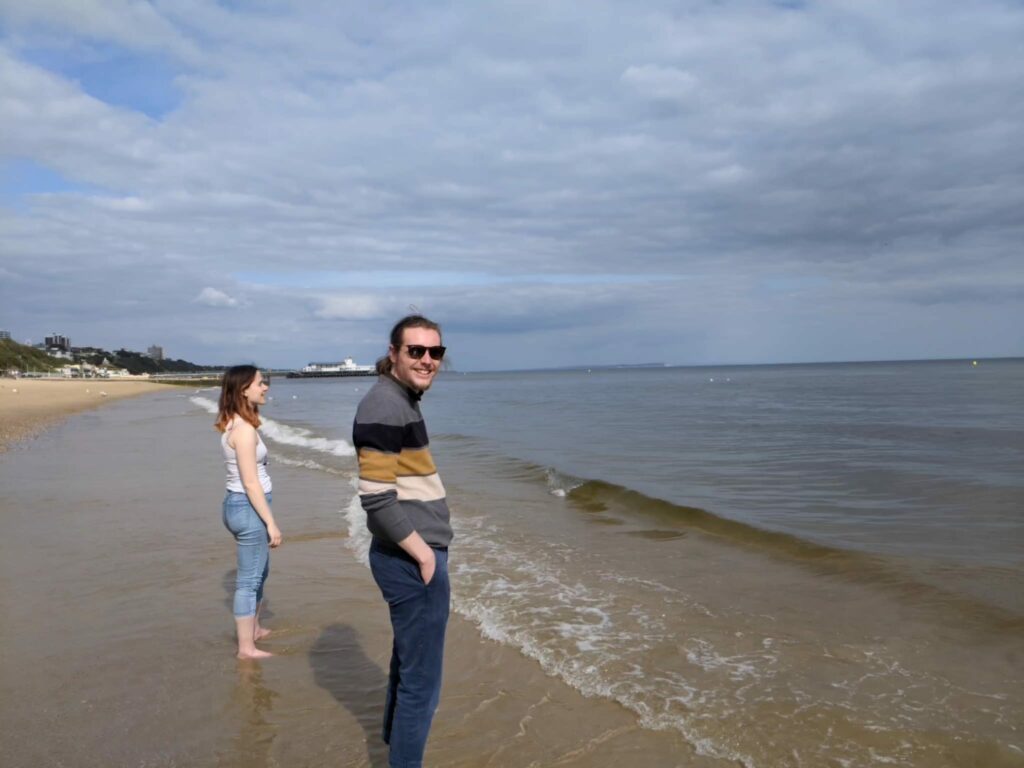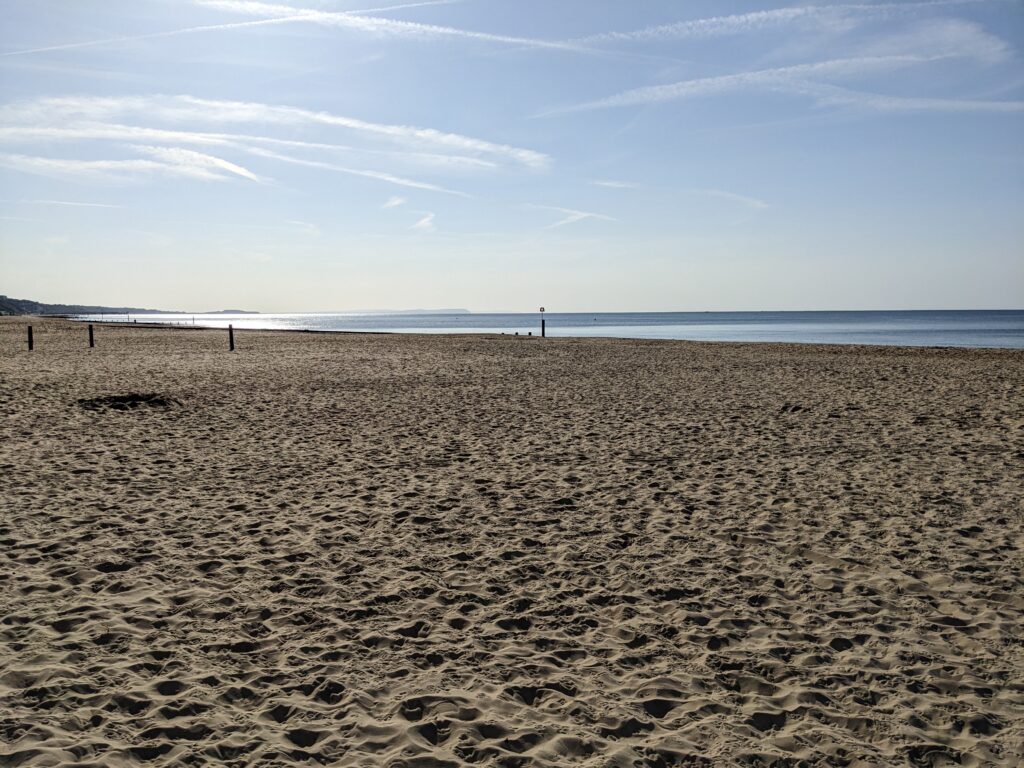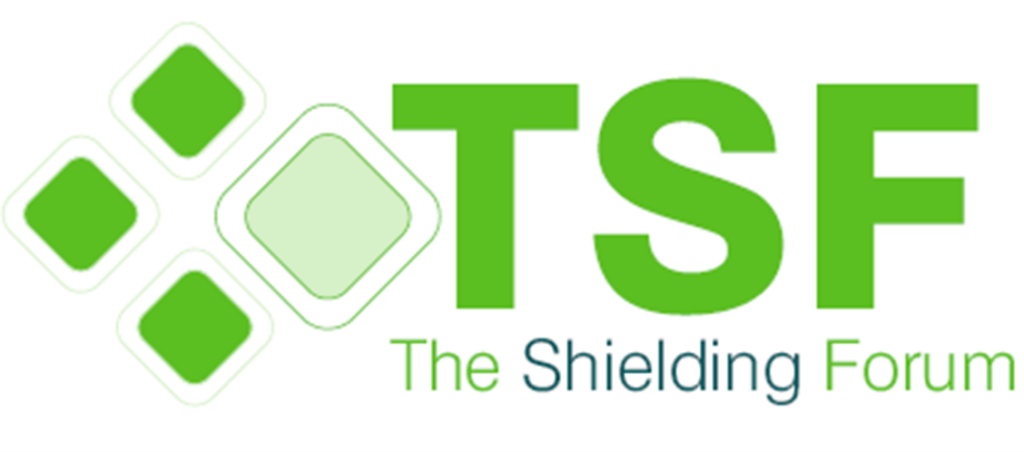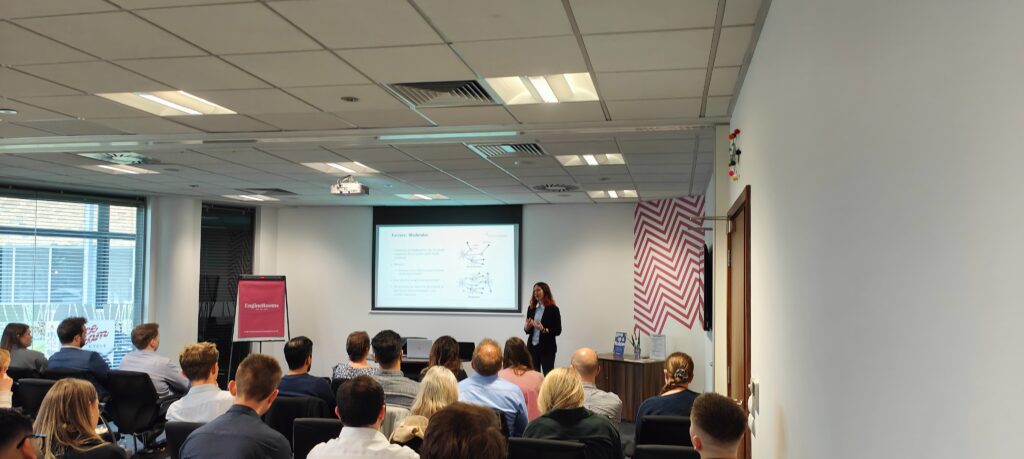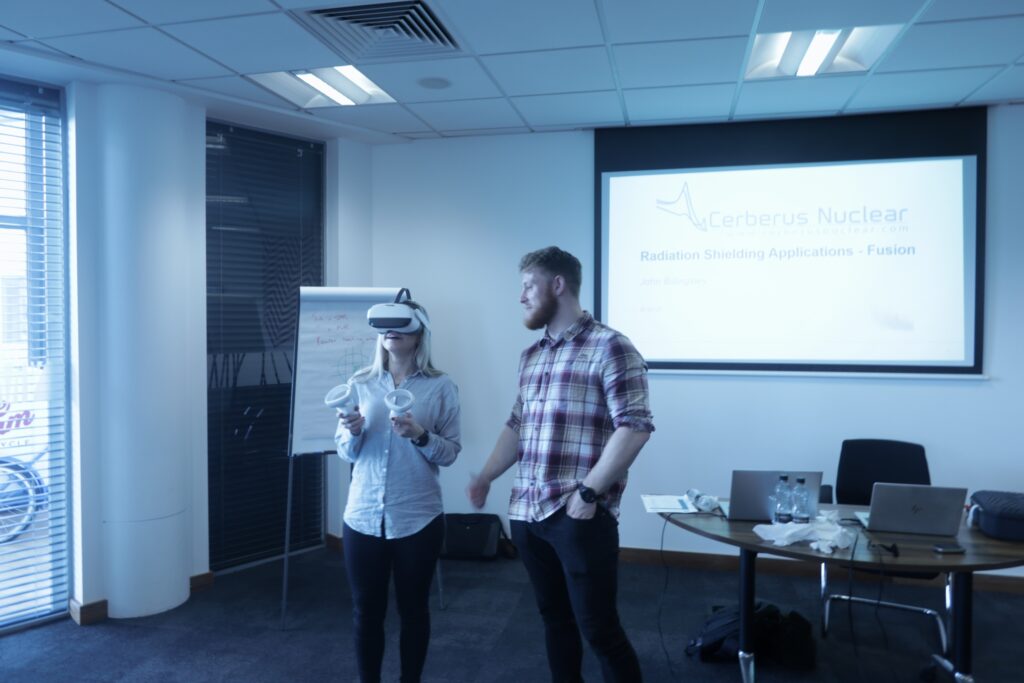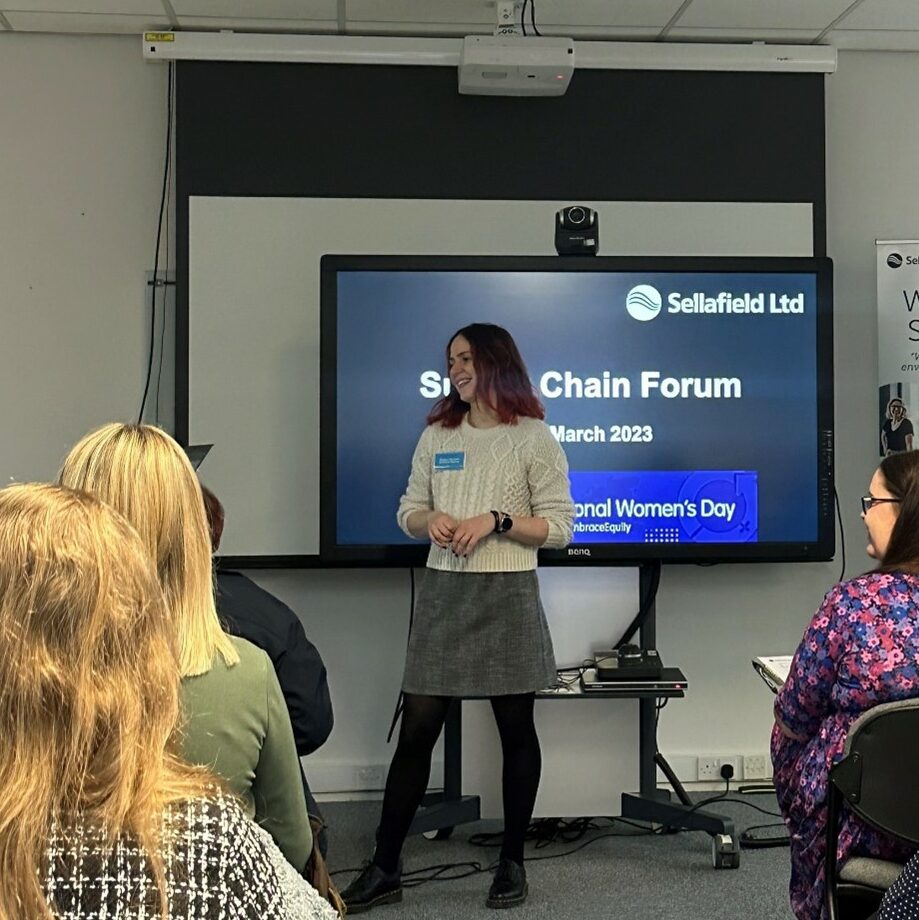TSF & WPC: Cerberus Nuclear Presents at Specialist Forums
Cerberus Nuclear was honoured to participate once again in The Shielding Forum (TSF) and Working Party on Criticality (WPC) meetings at the ANSWERS Seminar in Bournemouth. Over the course of three days, professionals from across the nuclear sector gathered to exchange ideas and present work on crucial topics in radiation shielding and criticality safety.
At TSF, John Billingsley presented recent development work undertaken into the precise and accurate modelling of criticality sources for a variety of applications, highlighting Cerberus Nuclear’s commitment to continuous improvement and knowledge sharing within the industry. This work also showcased Cerberus Nuclear’s new state-of-the-art Monte Carlo transport code – Tempest, by benchmarking results against multiple nuclear codes commonly used across industry.
Additionally, Daniel Cork had the opportunity to present further developments of Cyclone, developed by Orthrus Software. He introduced an AI assistant called Cyclone Sage designed to assist users in the creation of MCNP input files – a potentially ground breaking application in the field of radiation shielding and criticality.
At the WPC meeting, there were interesting group discussions on some of the key issues and potential solutions facing UK criticality today, as well as updates on subgroup developments and future possibilities and changes in the industry. The team from Cerberus Nuclear were active participants in the meeting, with Stewart Hay presenting on the changes to criticality dose assumptions, and Toby Tyas giving an update on subgroup activities. Katrina Christaki also continued her key role as the WPC secretary. We would like to thank the new WPC Chair Liam Payne for ensuring a thought provoking and productive event.
Members of the Cerberus Nuclear criticality team also attended the Early Careers Criticality Safety Network (ECSN) speed mentoring event after the WPC meeting, as both mentors and mentees. This offered an invaluable chance for some 1-on-1 discussions about criticality safety with a range of experts in the field, as well as a chance to network and get to know members from other organisations. We would like to thank the ECSN for organising this event, as well as the members of the WPC who agreed to attend and be mentors.
Finally, we would like to thank the team at Jacobs for hosting the conference, and we look forward to contributing further in the future.
